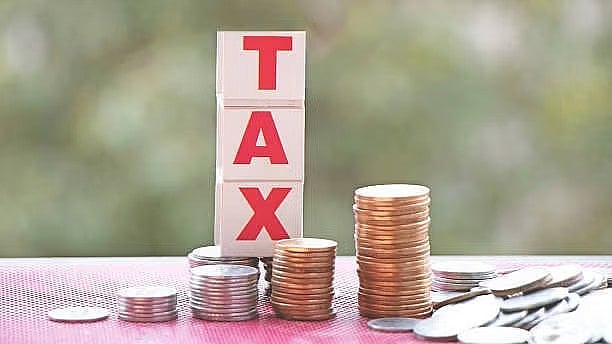
Representative image for tax.
Credit: iStock Photo
As the Tax Department begins issuing scrutiny notices for Assessment Year 2024–25, many taxpayers are receiving notices under Section 143(2) of the Income-tax Act, 1961. If you have received such a notice, it means your return has been selected for scrutiny assessment and it requires your attention.
Returns are selected based on a computerised system known as CASS (Computer Aided Scrutiny Selection). The system flags cases where certain risk parameters are triggered. These include high-value property transactions, large bank deposits, foreign asset investments, significant exempt income, or large gifts received. It may also pick up returns that claim unusually high deductions under sections like 80C or 80D, or those reporting business or capital losses. Some cases are selected randomly to ensure broader compliance.
Once your return is selected for scrutiny, the department usually follows up with a more detailed questionnaire under Section 142(1). This requires you to submit explanations and documentary evidence for specific items in your return. Generally, you will get seven to fifteen days to respond. All communication takes place digitally through the Income Tax Department’s e-Filing portal under the faceless assessment scheme. Most scrutiny assessments involve several rounds of correspondence before final closure, and the assessment must be completed by March 31, 2026.
If the taxpayer fails to respond, or if the response is inadequate or not backed by proper documents, the department can complete the assessment relying on data already available to the department, such as bank records, TDS filings by other parties, AIS (Annual Information Statement) data, and property records. This often leads to additions to income, disallowance of deductions or losses, and hefty tax liabilities.
For instance, if a taxpayer claims deductions under Sections 80C, 80D, 80GGC or reports business losses but fails to provide supporting evidence, these can be disallowed. If the income added is classified as unexplained under Section 68, it is taxed at 60% under Section 115BBE. Now add to that the applicable surcharge, cess, interest, and penalty and the final amount payable becomes significantly higher. The recourse or remedial action, if any, becomes a lengthy, time-consuming, and costly process. Look at the illustration in the table.
Therefore, taxpayers who receive a notice under Section 143(2) should not ignore it, must log in to the portal, read the notice thoroughly, and respond with all required supporting documents. It is prudent to take professional help to prepare detailed, point-wise replies and manage the process effectively.
For returns filed for the financial year ending March 2024, the due date for the Income Tax Department to issue these notices was June 30, 2025. This deadline has now passed, and those who have not received a notice can relax, they will not receive one for that year.
However, as we step into the return filing season for FY 2024–25, let this serve as a timely reminder to file your returns with caution, report your income truthfully, and avoid inflating expenses or fabricating deductions to save tax. The short-term gain may result in long-term pain.
(The writer is Bengaluru-based Chartered Accountant)